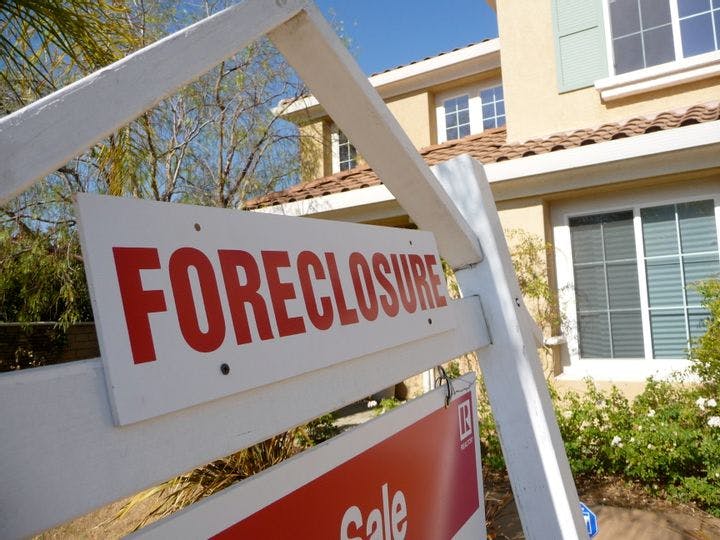Winter 2009
The Price of Salvation
– The Wilson Quarterly
Mortgage delinquency rates are bad, but not nearly as bad (yet) as they were during the Great Depression.
The Mortgage Bankers Association announced some bad news in December: Seven in every 100 homeowners had fallen behind in their house payments, and another three were in foreclosure. It was a modern record, but hardly in the same league as rates during the Great Depression. On New Year’s Day 1934, about half of all urban home mortgages were delinquent. And during the previous 12 months, nearly four percent of farm owners had lost their land to foreclosure.
The 1930s farm crisis, etched in memory by photographs of crowded foreclosure auctions with a faded barn in the background, seemed to have a particularly strong effect. During an 18-month period starting in 1933, writes David C. Wheelock, an economist at the Federal Reserve Bank of St. Louis, 27 states limited or halted foreclosures. Pressure for moratoria was strongest in the Midwest and other regions with large rural populations.
The laws ranged from temporary prohibitions on foreclosures to bans on “deficiency judgments,” which were rulings that enabled a lender to require mortgage holders to pay the difference between their debt and the price their devalued land fetched at auction. Some states gave former landowners up to two years to redeem farms lost to foreclosure, and others allowed some families to stay on their former property as renters.
In the short run the foreclosure legislation redistributed wealth, favoring borrowers over lenders. It saved some farmers from failure, and it gave the economy time to recover while the federal government initiated programs to refinance delinquent mortgages. It prevented wholesale evictions that “might have seriously endangered basic interests of society,” according to a government report at the time.
In the longer run, however, the legislation did “impose costs on future borrowers,” Wheelock writes. Previous economic studies have found that private lenders made “significantly fewer loans in states that imposed moratoria and tended to charge higher rates on the loans they did make.” During the Great Depression, about half the states decided that the immediate cost to society of widespread foreclosures was greater than the danger of costs later on. Nonetheless, he concludes, the relief legislation transferred at least some of the pain to future borrowers.
THE SOURCE: “Changing the Rules: State Mortgage Foreclosure Moratoria During the Great Depression” by David C. Wheelock, in Federal Reserve Bank of St. Louis Review, Nov.–Dec. 2008.
Photo courtesy of Flickr/Jeff Turner
